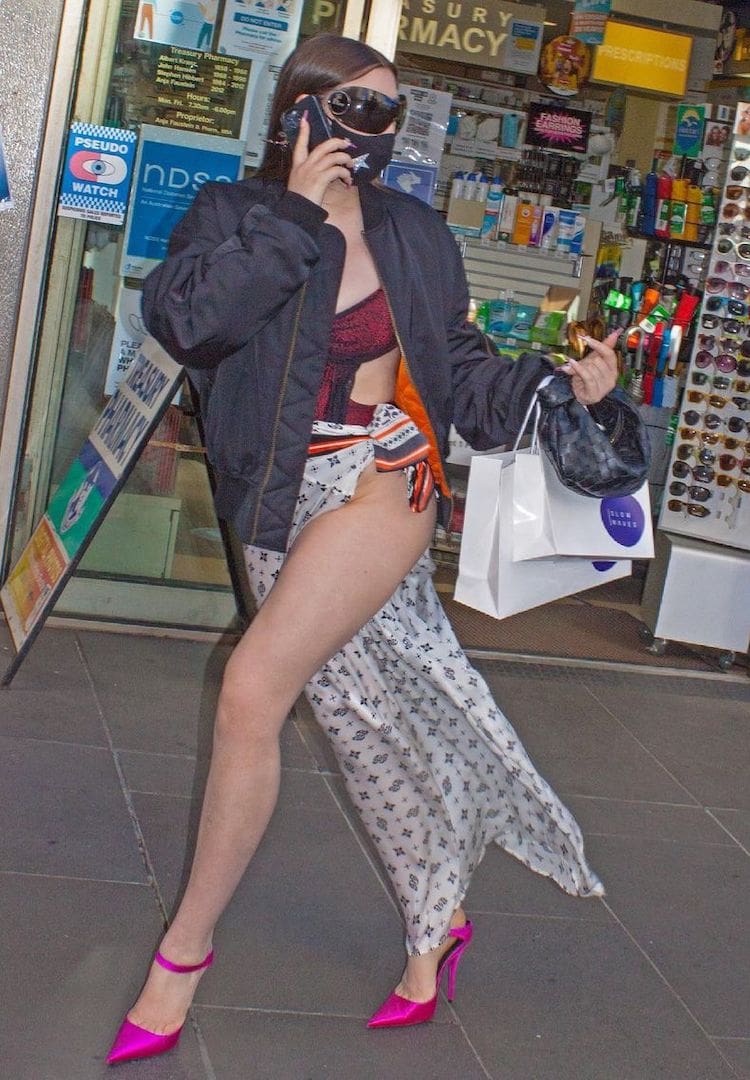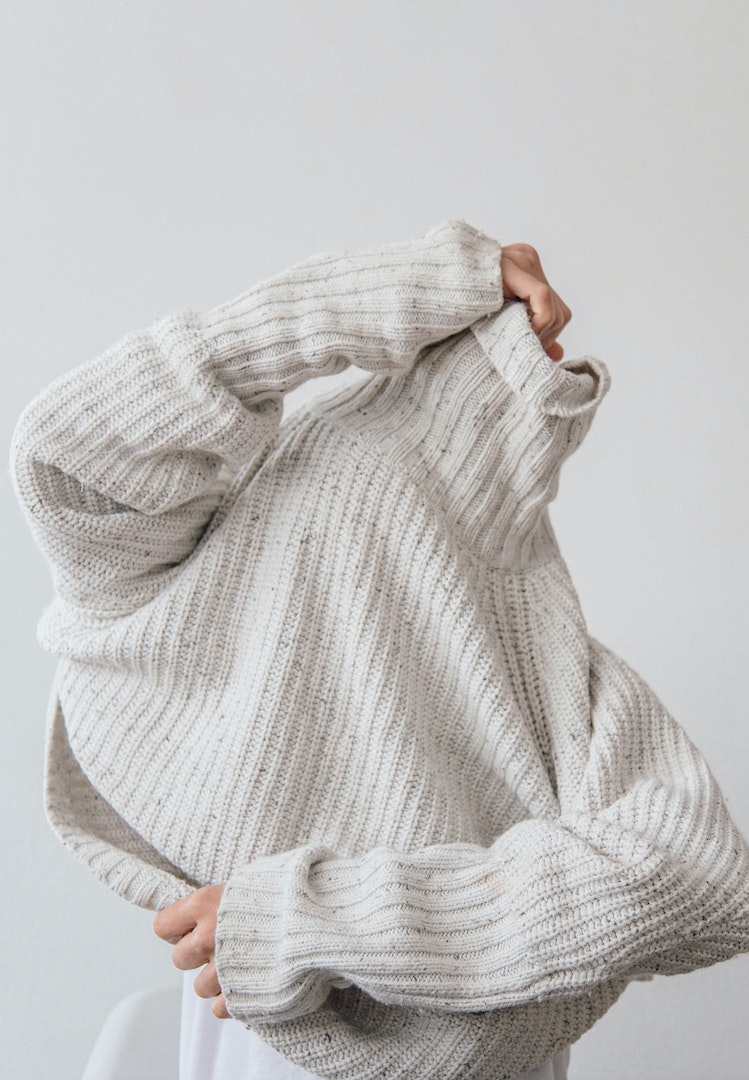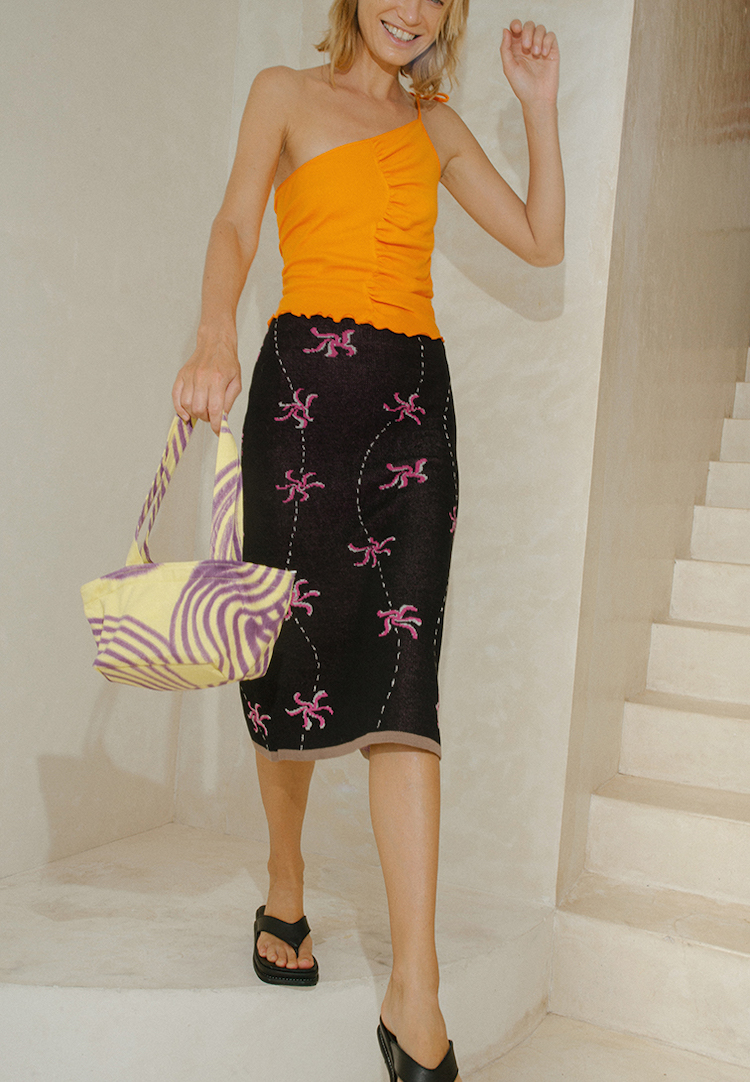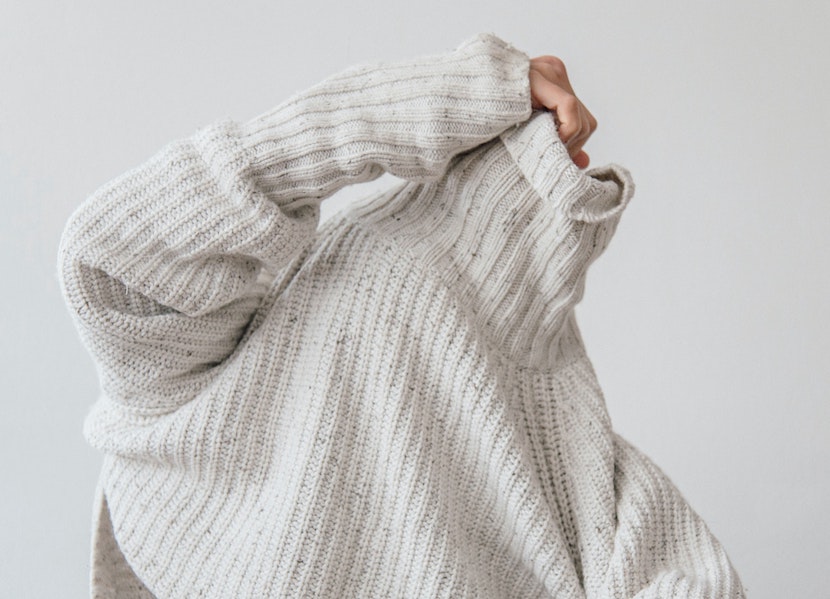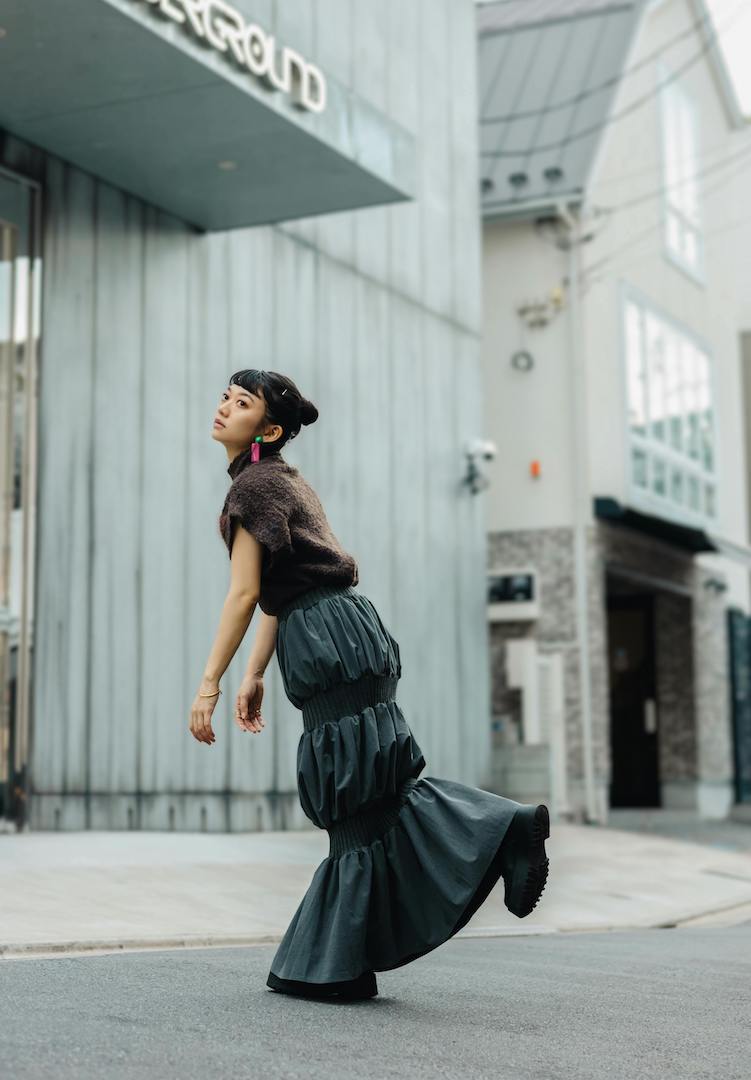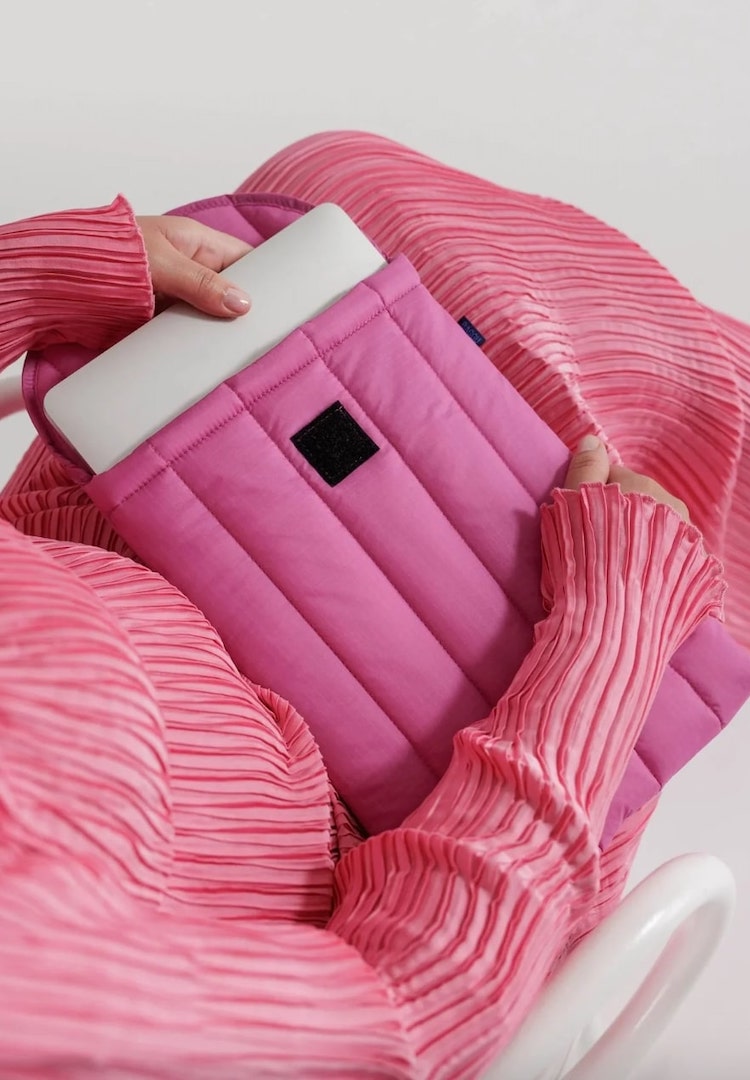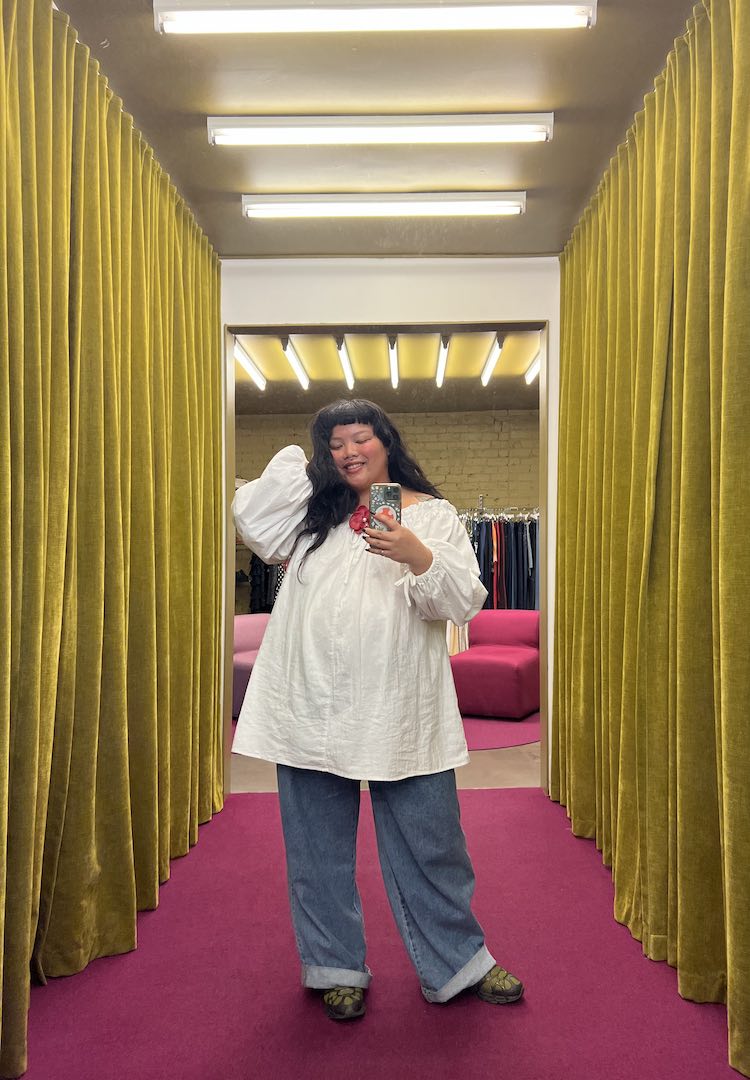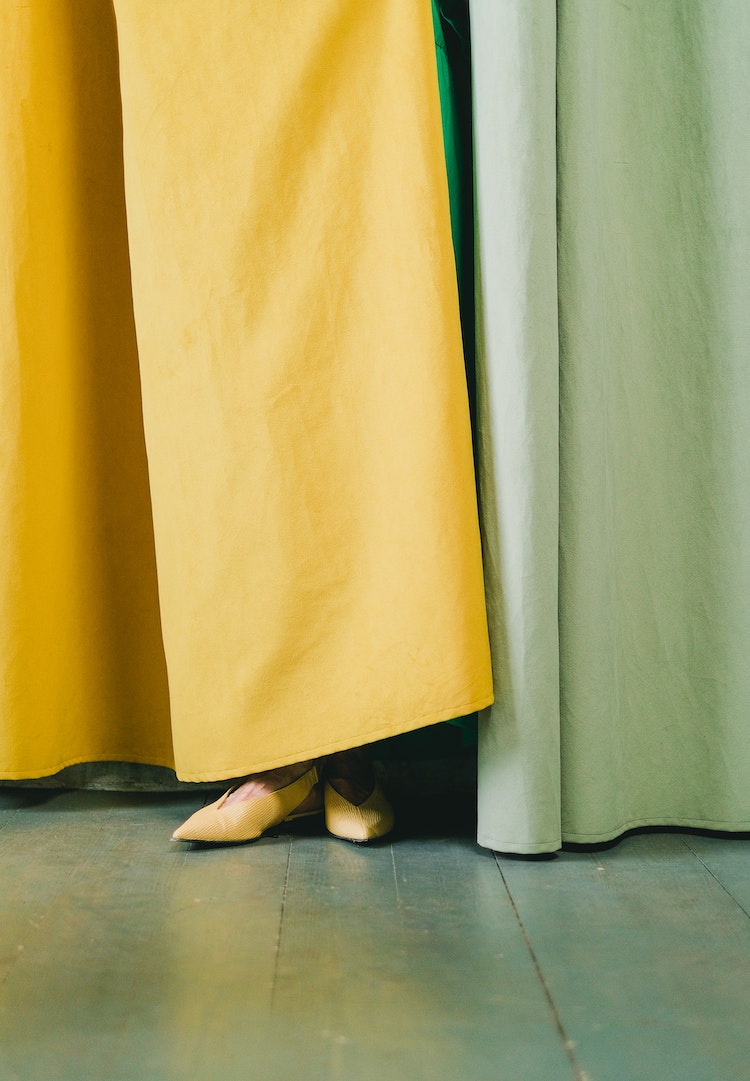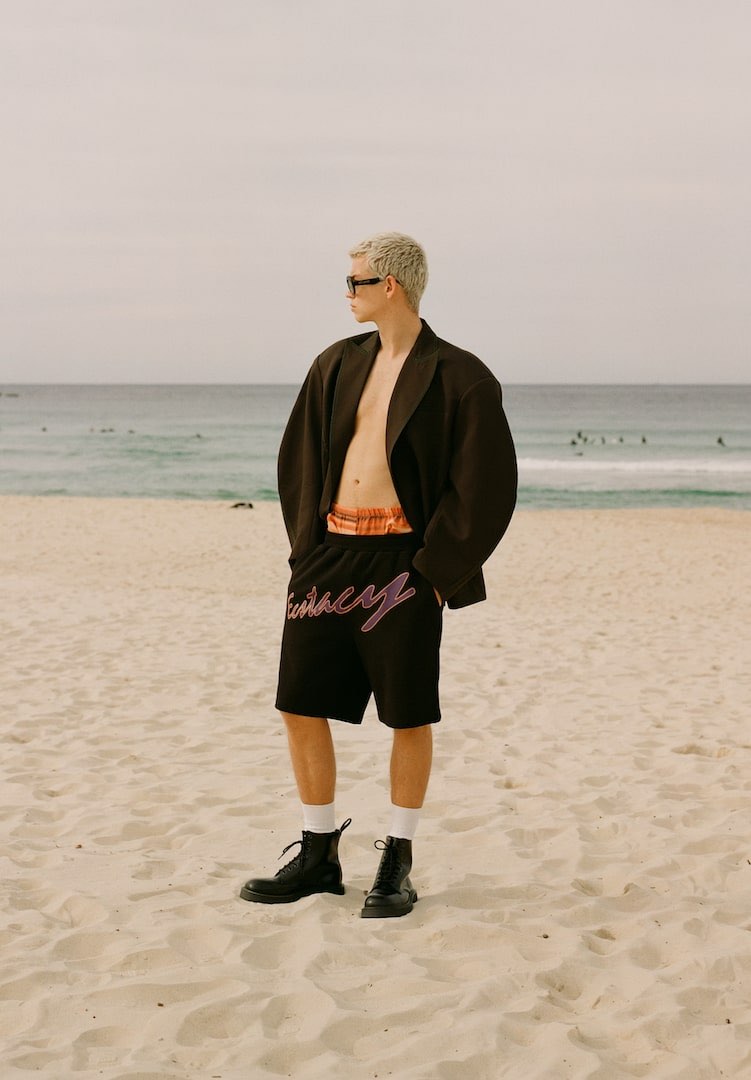Why Australian retailers can’t seem to get their sizing consistent
WORDS BY Bianca O’Neill
When one brand’s size eight is another brand’s size 12, how can consumers be expected to truly embrace online retail?
Online sales are booming in Australia, with ongoing east coast lockdowns over the past 18 months driving consumers to shop online. Items we’d usually pick up in-store are now purchased sight unseen – or rather, in the case of clothing, size untried.
It’s every woman’s least favourite fashion moment: ripping open the packaging on a coveted item delivered straight to your door, only to find that despite the tag displaying your usual size, it doesn’t fit. So, when one brand’s size eight is another brand’s size 12, how can consumers be expected to truly embrace the new world of online retail?
For more fashion news, shoots, articles and features, head to our Fashion section.
Back in 2008, The Australian Standard Size Coding Scheme was scrapped due to the changing size of the average Australian consumer, switching the onus for developing women’s sizing onto individual brands. These days, brands mostly develop their own in-house sizing scale based on marketing and sales data.
Unfortunately, this means that if a brand wants to market mainly to smaller customers, there’s nothing stopping it from creating clothing labelled a size 14 in the dimensions of a traditional size eight. Or on the other end of the spectrum, there’s also ‘vanity sizing’ – labelling clothes as smaller than they are in order to flatter the customer.
Although there’s nothing fundamentally wrong with how a brand chooses to label sizes on an item, it does cause a lot of confusion for shoppers, particularly when it comes to online purchases. Off-kilter sizing can also potentially misrepresent the size range on offer with a brand declaring it, for instance, covers size six to 14, when in fact it may represent a true size range of tween to 10.
In Australia, we’ve been talking about implementing a more modern sizing code that accurately reflects the average Australian woman ever since we ditched the standard, with a proposal submitted back in 2012, and Standards Australia revisiting the issue yet again to discuss it in 2016, with little progress.
(When I spoke to Standards Australia about the withdrawn sizing standard, or any plans to pursue a new standard, it simply replied that: “Withdrawn publications can still be used within an industry, community or government if they choose to do so.”)
How sizing issues contribute to fashion’s waste problem
As lockdown-related COVID strategy winds down across Australia, and a new ‘COVID normal’ looms on the horizon, it seems that Aussies are still keen to stick with the online shopping habits they developed during the pandemic. A recent study conducted by online retailer Next.com.au showed that 69 per cent of us consider ourselves online shoppers, with 53 per cent of 26 to 35-year-olds shopping online at least once a fortnight.
According to the BBC, 25 per cent of all fashion items bought online in 2019 were returned, compared to less than 10 per cent in-store, but that number was set to climb higher over 2020/21, with retail researcher Nick Carroll saying that “the legacy from COVID is higher return rates”. Many retailers are also aware of the practice of ‘framing’ – when customers buy multiple sizes or colours in a single item in order to try on at home and then return the unwanted items.
Besides the sustainability issues associated with unnecessary and increased shipping due to the increasing volume of returns, often these items cannot be injected back into the sales cycle, which creates a huge waste problem. A third of these items end up in landfill – contributing to a whopping 800,000 tonnes of textile waste generated every year in Australia.
So could this huge environmental problem be solved with better sizing? Will the reintroduction of the sizing standard actually help? Although it’s tempting to assume that the reintroduction of a sizing standard would solve all our online retail woes, industry insiders are divided over whether it would fundamentally help women find the right fit.
Sarah Neill, founder and CEO of social fashion and fit app Mys Tyler, says that despite the US and UK having the standard sizing system that we are missing here in Australia, their international users still struggle to find the right fit for their bodies just as much as locals do.
“There’s a lot more to sizing and fit than just the size [on the label]. Size is an oversimplification for a woman’s body – it doesn’t take into consideration height, or shape. It’s just so much trial and error that you end up knowing the styles and brands that work for you, and sticking to those. So, being able to find somebody who can expand your horizons, and show you another brand that might work, is really empowering [for our users].”
Neill’s unique app introduces users to a bespoke fit algorithm that matches your measurements to other users with similar body types and sizes across the world, allowing you to follow those with a similar shape. Users then share brand or clothing recommendations, much like traditional influencers on social media – however, using Mys Tyler, you already know those contributors match your unique measurements.
It speaks to the dramatic rise in popularity of ‘try-on TikToks’ and similar videos on Instagram – showing women of all different sizes trying on various clothing items – but instead curates a handy list of all of those women who match your shape and fit in one place.
How tech is trying to solve the sizing problem
As apps like Mys Tyler, as well as Instagram and TikTok ‘haul’ videos, become increasingly popular for their realistic representations of clothing fit – particularly on plus-sized women – it’s starting to become clear that technology could be part of the solution to our sizing problems.
Uniqlo has developed its own comprehensive fit finder technology, which attempts to reduce returns by suggesting your best sizing with a questionnaire aimed at discovering your size, shape, and preferred fit. Snapchat has waded into the virtual world by testing consumer appetites for AR try-ons, while a host of new fit tech companies have entered the fray, attempting to convince eCommerce to move beyond static sizing charts.
Neill, of course, sees the future of eCommerce fit accuracy in curating recommendations from people you trust, rather than VR developments or other sizing tech, due to the fact that the sheer volume of things available on the internet has become untenable to navigate for the average consumer. “There are so many pieces of clothing produced now, we have so much quantity – how do you narrow down to the things that are going to be relevant to you?
“I think that people are going to be buying from people that they trust, so I think that style component is going to be so much more important… I think people are overwhelmed with choice, and they want someone to do that job for them.”
So how do we fix it?
Talking to a few different women about their sizing woes reveals an overwhelming bias against plus-sized women and consumers with different body shapes – and the pandemic has only made the problem worse, with several major plus-size retailers filing for bankruptcy over the past two years.
Amy Abrahams, a Mys Tyler contributor, explains that her frustrations are often related to huge variations in label sizing, and brands that often don’t cater to a broader group of consumer sizes.
“I’m genuinely anything from a size 12 to a size 18 depending on the brand. Sometimes depending on the style within the same brand! It makes just grabbing and buying something off the shelf really hard. This isn’t just an issue for plus size women, but for plus size women, there is less variety to choose from already. If I can’t fit into the ‘16’ in some brands, then that whole brand is just one more on the list of places I can’t shop from anymore.”
Amy Grant, another Mys Tyler contributor, shops online almost exclusively – but rather than a preference it’s actually a necessity for those who don’t fit into a high street size range.
“These days I mostly shop online. There are hardly any brick-and-mortar stores that cater to my size. The few that do tend to cater to a more mature clientele and the same shapeless styles. I get so excited when a brand I have admired for years finally offers plus size.
“Then, I go into a store to see the new collection, to be told that it is only available online! This is so disheartening! For me, it appears to be just tokenism – the brand is just trying to show it’s inclusive without actually caring about their customers.”
Both Grant and Abrahams expressed their frustration at the lack of representation for larger sizes, with Abrahams mentioning that the issue extends to showing models of different sizes and shapes within the eCommerce environment.
Jane Grimme, Head of Design at Commonry, a size-positive brand that delivers trend-driven fashion for women sized 10 to 22, agrees that this representation, at the all-important purchase point, is essential to help women find the right fit online.
“We really try very hard to show our clothing on different body types – I think that’s a big part of it, if all you ever see is one certain body type. It’s as much about the fit, as the way you feel in the fit, and the way you think the fit is going to look on your body. I think that’s also a huge obstacle for women when they’re trying to shop.
“So, just being able to show a woman with a bigger hip and a smaller bust wearing your clothes, or a woman who’s a little bit rounder and maybe carries more of her weight in her middle, or someone who’s quite tall… I think that’s also really important, that visualisation piece – that way that she can identify herself in our clothes.”
No matter what your size or shape, fit issues when shopping both in-store and online seem to remain a universal problem. Grimme, who spends much of her time designing smart clothing details that adjust easily across different body shapes and a woman’s naturally fluctuating weight, believes that perhaps clever design – not a new standard – is the way forward.
“Elastic, belts, all that is part of it. There’s got to be a little bit of versatility in the fit… You’re not going to really accurately fit someone if you don’t give her any tools to adjust it. It is very challenging. I have mixed feelings about a sizing standard… it is really based on a woman’s bust size, and it was originally based always on an hourglass figure.
“And what a standard does is it tries to say that we can all fit within some sort of ‘normal’ – and we know women’s bodies, and we just know that they just don’t. So if you do try to standardise – particularly in Australia as we become a more multicultural and diverse nation – we will find we just can’t.”

